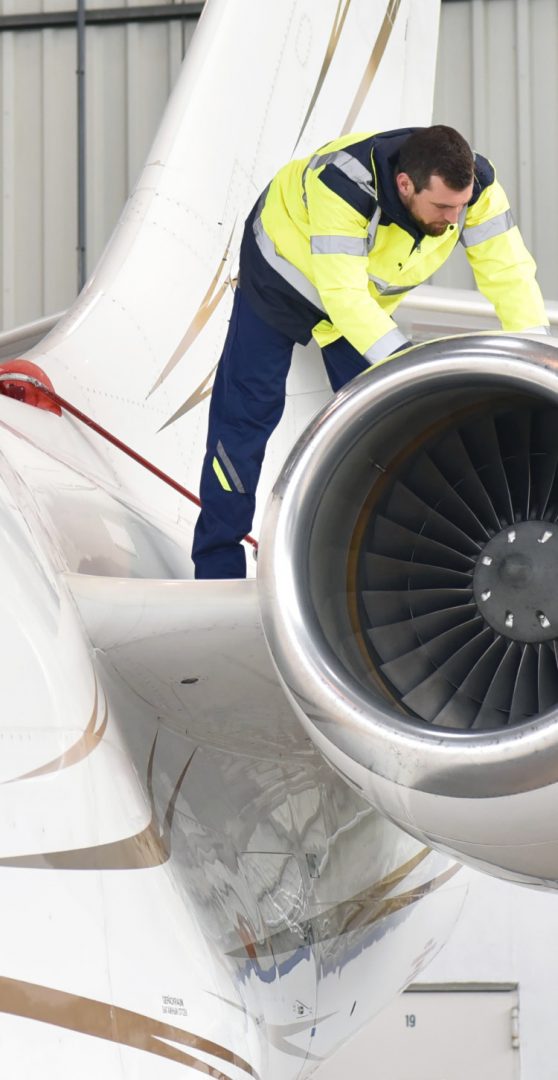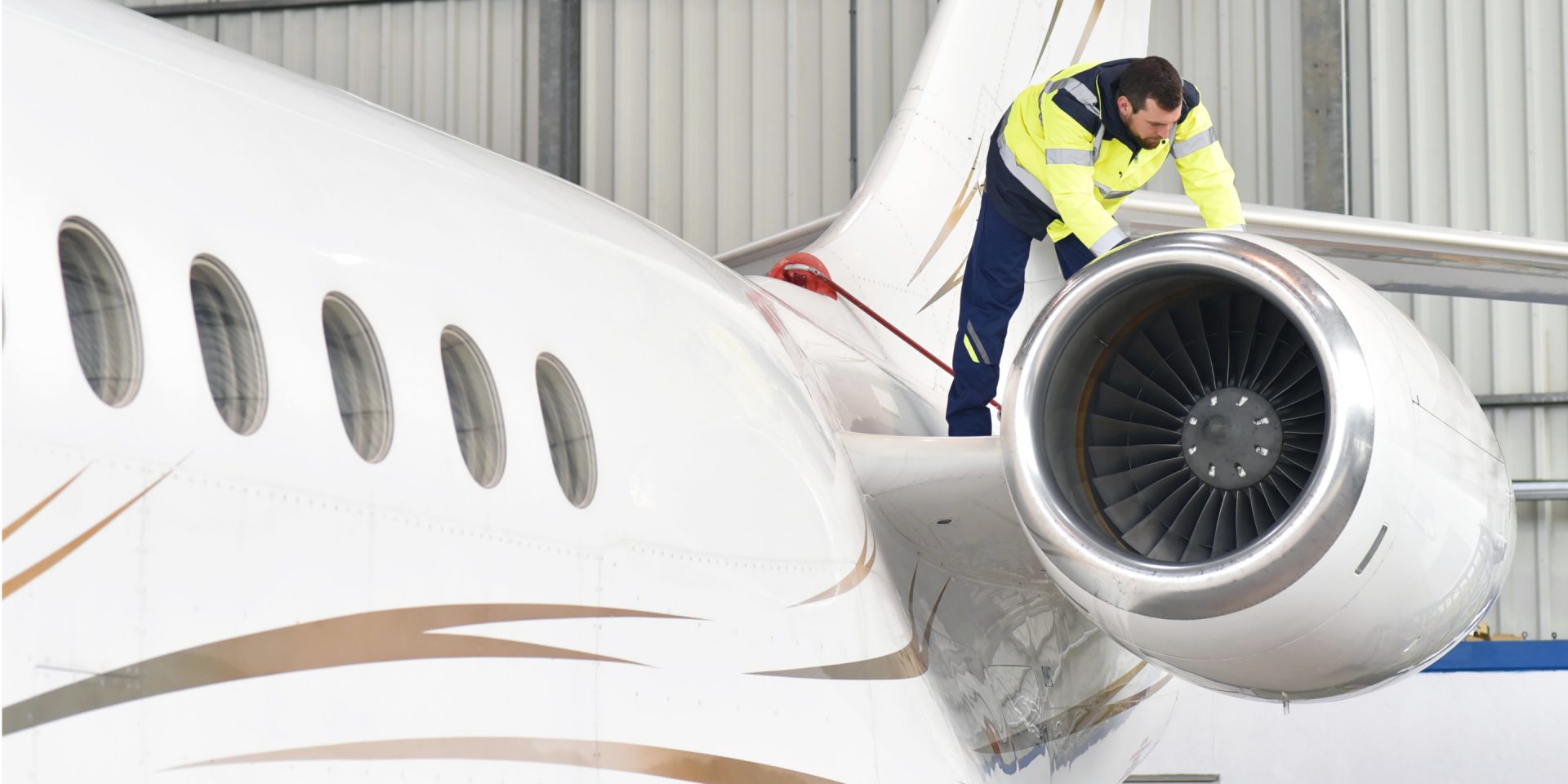

If there is one thing we have learned this year, it’s that the adage “Necessity is the mother of invention” is still relevant. Travel is necessary. Doing it safely is necessary. After the first quarter travel pause of this year, it was evident that everyone needed to get back to business and this meant things had to change. Airline travel was stunted; so private travel needed to rise to accommodate.
As the way of doing business shifted in the wake of a global pandemic, the aviation industry scrambled to meet the needs of travelers while maintaining all the guidelines necessary to keep users “safe.” Maintenance in business aviation is at the forefront of these changes. We rely on our technicians to care for the equipment that gets us from point A to point B with little to no risk. So, what happens when the rules of the game change?
- The landscape of private aviation users and operators has shifted.
At the 2020 NBAA VBACE, Ed Bolen highlighted the opportunity new entrants into business aviation offer as flight activity begins to rebound to pre-pandemic levels. Crediting higher activity in charter and fractional markets, Bolen shared our optimism the industry will emerge stronger with a new set of lasting users. As the demand increases, the ability for the MROs to pivot to meet these demands could be mean less availability overall. - Access to upcoming and/or preventative maintenance has been limited.
Increased downtown, access is reduced, quality comprised. As maintenance facilities are challenged with personnel or capacity constraints, operators are faced with the unique challenge of reduced access, increased downtown, and potential compromised quality. Reexamining maintenance strategies has been one area where ingenuity has been integral to corporate initiatives and maintaining operational readiness. - In-house maintenance philosophy is evolving.
VanAllen has witnessed a change in operator philosophy regarding in-house maintenance. Technician training has been enhanced to increase capability in performing higher levels of maintenance in-house. As a bonus, bringing more maintenance in-house reduces exposure-risk associated with the aircraft being outside the operator’s secure chain of custody. However, in this financially fragile environment, the ability to increase staffing levels may be limited. - Former policies and procedures are no longer “good enough”.
Through regular benchmarking, VanAllen has facilitated dialogue on safety best practices and operating procedures during the pandemic. In conjunction with guidance provided by health experts and OEMs, these updates and discussions have provided operators with knowledge and resources to implement safety protocols aligned with their parent organization to further the continued use of corporate aircraft. Changes, such as formalized cleaning and disinfecting procedures, have been echoed in several client conversations. Insight into these pre- and post-flight policies underscores how departments are evolving standard operating procedures to mitigate disease spread as a result of travel. - Equipment innovations will be on everyone’s radar.
In line with preparing for the return-back-to-normal, monitoring the standardization of aircraft offerings by manufacturers to include new equipment developed during the pandemic which will help to prevent future disruptions and keep business activity moving forward will be of interest.
VanAllen’s Peter Zeeb, along with several other industry Thought Leaders, navigated these issues during a panel discussion at NBAA’s VBACE. A focal point of the discussion was how the mitigation of disease spread will shape the new era of travel. On display throughout the pandemic has been the resiliency and creativity of owners and operators to utilize down-time and assets efficiently and effectively to further department and parent organization initiatives.
One thing is certain, this year’s climate has demonstrated the intrinsic connectivity and collaboration of the business aviation community in coming together to share insights on best practices and develop solutions in challenging times, which in our current environment, will contribute to fueling the development of the next era of travel.
